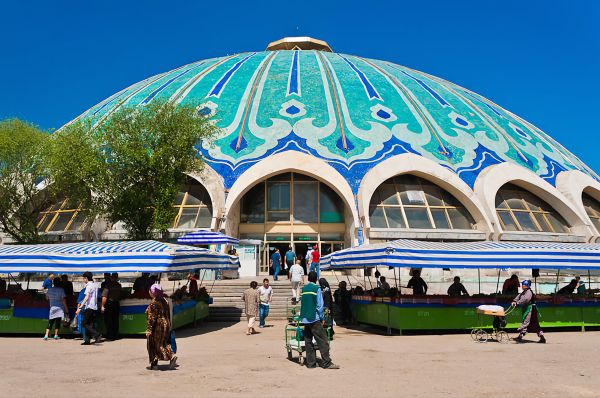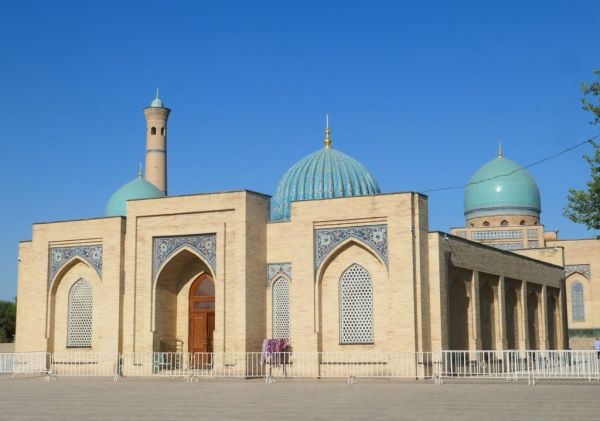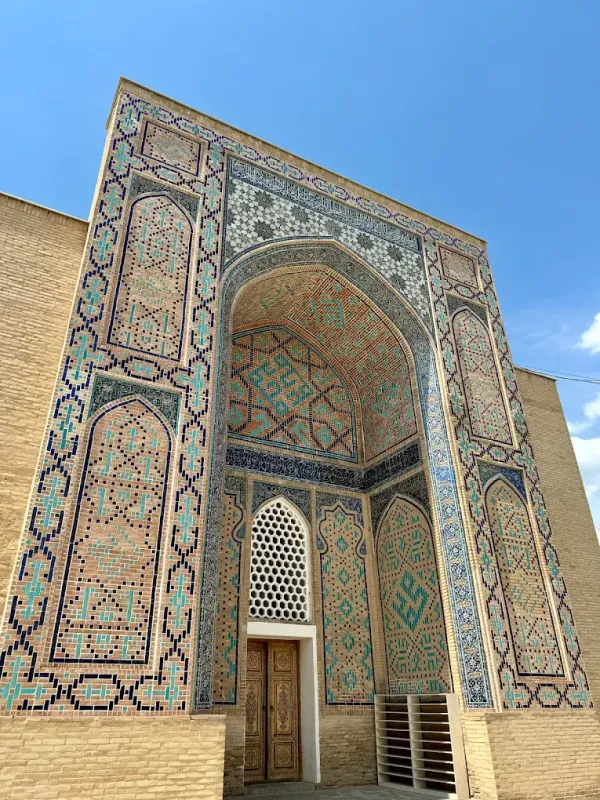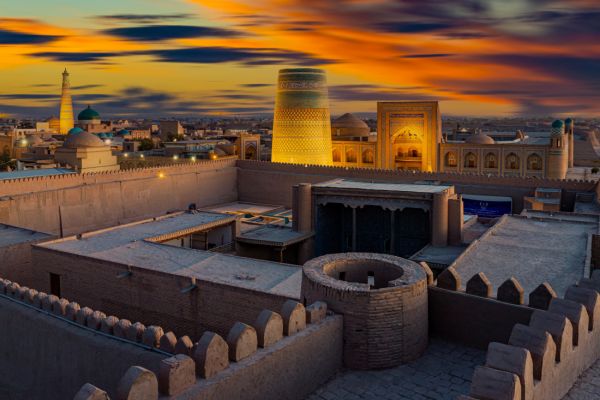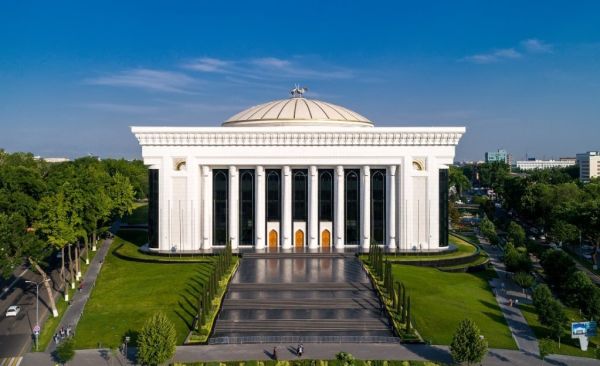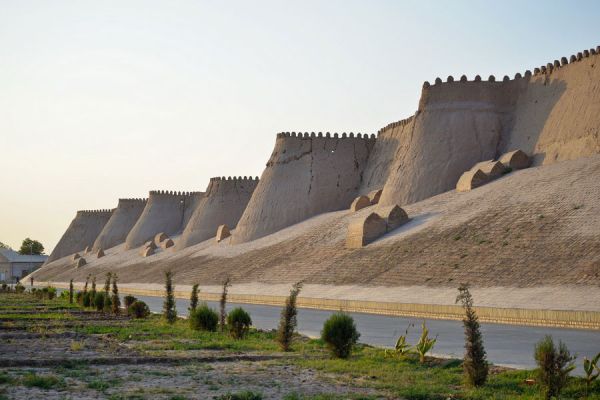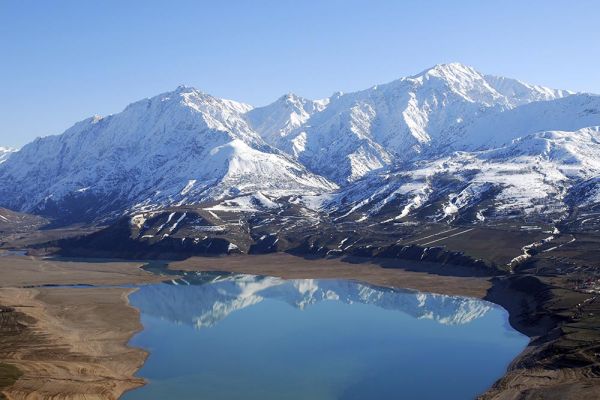Muhammad Rahimkhan Madrasah
Muhammad Rahimkhan was one of the most enlightened representatives of the Kungrat dynasty, who ruled the Khanate of Khiva since 1770. During his reign, numerous urban improvements were carried out, as well as reforms in politics, economics, and, most importantly, education. His educational reforms led to the opening of the first "newfangled" schools in Khiva (schools where not only religious but also secular sciences were taught). The crowning achievement of his work was the construction of one of the largest madrasas in Central Asia, named after Muhammad Rahimkhan. The Muhammad Rahimkhan madrasah taught not only religion and the Koran, but also secular sciences such as mathematics, astronomy, and geography. Along with studying various sciences and theology, the students of the madrasah composed poems and conducted debates.
The education at the Muhammad Rahimkhan madrasah was much different from the traditional form for Islamic universities. This was greatly facilitated by the personality of Muhammad Rahimkhan himself. He was an educated and enlightened ruler, and wrote poetry under the pseudonym Feruz. It happened that he personally participated in discussions with the students of the madrasah.
The construction of the Muhammad Rahimkhan madrasah was completed in 1876. It is one of the largest in Central Asia. The madrasah is a two-storey building with a high entrance portal. The courtyard of the madrasah is four-bay, with small turrets at the corners. There are also 76 hujras (interior living quarters of the madrasah) inside. The madrasa has a darshona, an educational part, winter and summer mosques, as well as a rich library. The Muhammad Rahimkhan Madrasah embodies the spirit of enlightenment. It is a vivid example of the architecture culture of that era and occupies its own special page in the history of Khorezm.


